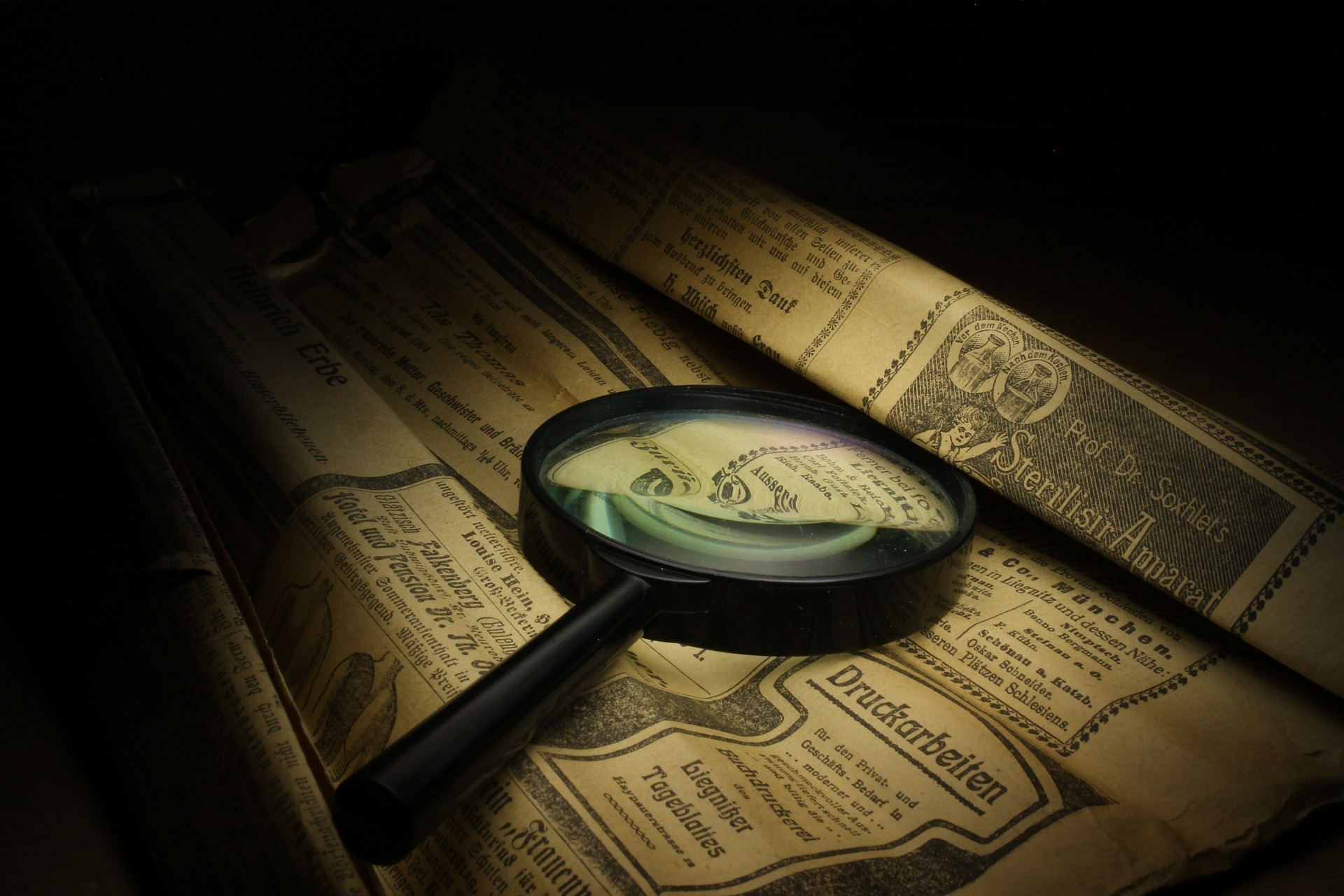Seminar Blogs
“Cardiff 1919: Reconstructing Memory” – Soyun Jang
 Mike Pearson, Professor Emeritus of Performance Studies at Aberystwyth University, has been working with National Theatre Wales and a number of artists to record the race riot that startled Cardiff for four days and night in mid-June 1919 – an event described as a “violent mayhem that left three dead, many in hospital, and buildings wrecked and burnt” (Utrecht University). In 2018, he co-created STORM.2: Things Come Apart with Mike Brookes, an artist, director, and designer. Performed at the Tabernacle Baptist Church, The Hayes, Cardiff, it was “the outcome of a year-long research project to create a running description – day-by-day, hour-by-hour” of the riot from the pieces of information that were reported in local newspapers (Pearson and Brookes 2018). As ‘no full narrative of the riot exists” (National Theatre Wales), this project is an attempt to gather these fragments of into a single narrative. Later on, in 2019, he also presented a different version of live performance, Wild Scenes at Cardiff, and a digital graphic novel, Cardiff 1919: Riots Redrawn (2020).
Mike Pearson, Professor Emeritus of Performance Studies at Aberystwyth University, has been working with National Theatre Wales and a number of artists to record the race riot that startled Cardiff for four days and night in mid-June 1919 – an event described as a “violent mayhem that left three dead, many in hospital, and buildings wrecked and burnt” (Utrecht University). In 2018, he co-created STORM.2: Things Come Apart with Mike Brookes, an artist, director, and designer. Performed at the Tabernacle Baptist Church, The Hayes, Cardiff, it was “the outcome of a year-long research project to create a running description – day-by-day, hour-by-hour” of the riot from the pieces of information that were reported in local newspapers (Pearson and Brookes 2018). As ‘no full narrative of the riot exists” (National Theatre Wales), this project is an attempt to gather these fragments of into a single narrative. Later on, in 2019, he also presented a different version of live performance, Wild Scenes at Cardiff, and a digital graphic novel, Cardiff 1919: Riots Redrawn (2020).
Pearson’s work can be understood as reconstructing lost collective memory, a term used by Maurice Halbwachs (1992) to explain memory as being collectively and socially constructed. It is in society that we acquire, recall, recognize, and localize our memories (Halbwachs 1992, 38). The memory of an event is reconstructed within a group, then it “realizes and manifests itself in individual memories” (Halbwachs 1992, 40).
Drawing on Halbwachs’ idea, Jan Assmann (1995) explains cultural memory as constructing a shared identity in a society based on common memory. Cultural memory has its fixed points that do not change in time. They are “fateful events of the past, whose memory is maintained through cultural formations (texts, rites, monuments) and institutional communication (recitation, practice, observance)” (Assmann 1995, 129). Thus, cultural memory is an institutional form of memory that enables collective memory to be passed on through generations.
In the case of the Cardiff race riot, the memory of the event was never unified into a single story. Nor were there collective efforts to record and institutionalize this memory with the aim of passing it on to the next generation. However, Pearson’s projects “re-evoke memories of events and space that are collectively forgotten” by combining theater and archaeology (Pearson 2020). He recollects snippets of memories from old, local newspapers, then turns them into a single narrative that is performed as theatre and recorded as a graphic novel. In doing so, he sets the first step towards preserving the riot as cultural memory. The memory of this fateful event has now become a unified story that remains in the form of theatre scripts that can be recited or practiced, and the graphic novel as a digital monument to be visited.
References
- Assmann, Jan. 1995. “Collective Memory and Cultural Identity.” Translated by John Czaplicka. In New German Critique (65): 125-133. www.jstor.org/stable/488538.
- Halbwachs, Maurice. 1992. On Collective Memory. Edited and translated by Lewis A. Coser. Chicago: The University of Chicago Press.
- Pearson, Mike. 2020. “The Cardiff Race Riots (1919): retraced, redrawn.” Moderated by Maaike Bleeker. Seminar presented at Transmission in Motion Seminar (2020-2021): Knowledge in Making – Design by Doing, Utrecht University, December 16, 2020.
- Pearson, Mike and Mike Brookes. 2018. “Artists’ Statement.” In program notes for STORM.2: Things Come Apart. National Theatre Wales. Cardiff: Tabernacle Baptist Church, March 24, 2018. https://cdn.nationaltheatrewales.org/wp-content/uploads/2018/02/NTW_STORM2_Programme_ART-copy.pdf.
- National Theatre Wales. n.d. “Storm.2: Things Come Apart.” Accessed January 07, 2021. https://www.nationaltheatrewales.org/ntw_shows/storm-2-things-come-apart/#gallery.
- Utrecht University. n.d. “Transmission in Motion Seminar (2020-2021): “The Cardiff Race Riots (1919): retraced, redrawn” – Mike Pearson (Aberystwyth University, UK)”. Transmission in Motion. Accessed January 07, 2021. https://transmissioninmotion.sites.uu.nl/transmission-in-motion-seminar-2020-2021-the-cardiff-1919-riots-redrawn-project-mike-pearson-aberystwyth-university-uk/.
*Image credits: Michaił Nowa via Pixabay

